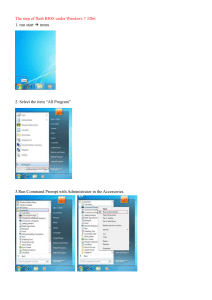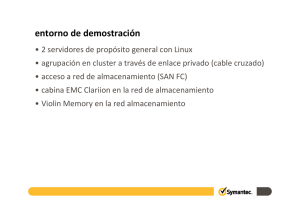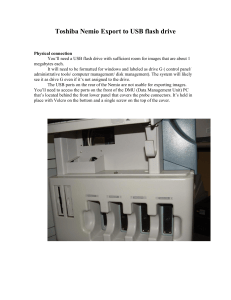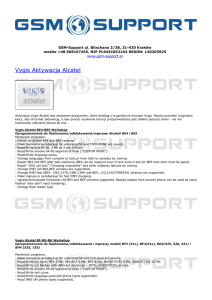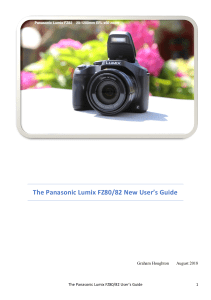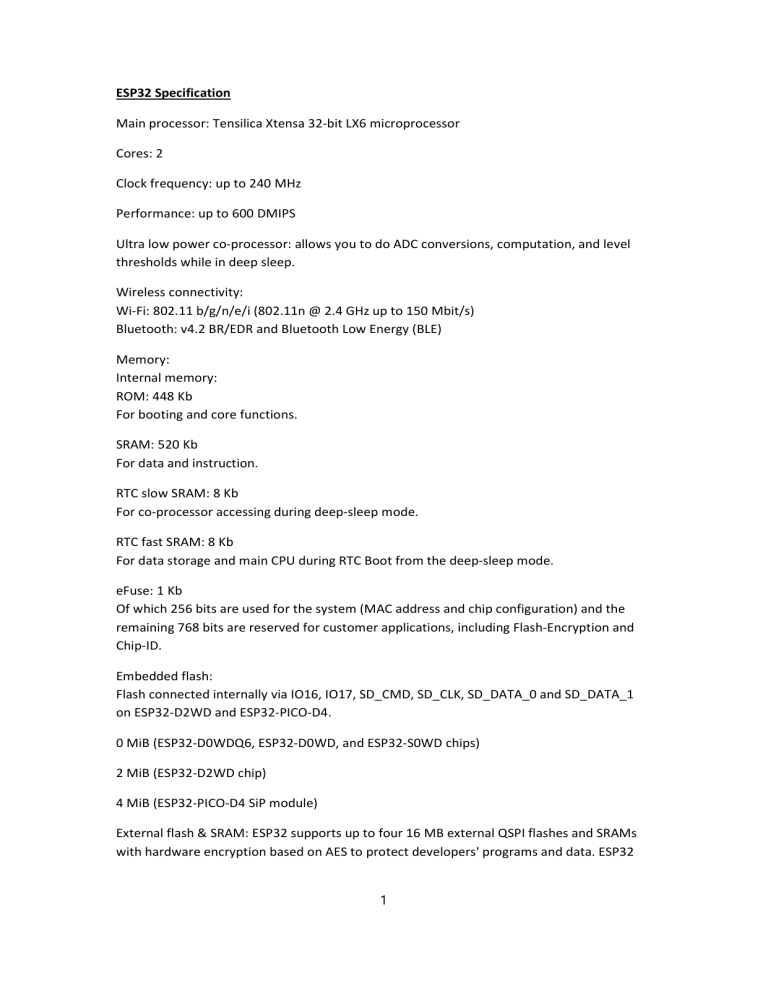
ESP32 Specification Main processor: Tensilica Xtensa 32-bit LX6 microprocessor Cores: 2 Clock frequency: up to 240 MHz Performance: up to 600 DMIPS Ultra low power co-processor: allows you to do ADC conversions, computation, and level thresholds while in deep sleep. Wireless connectivity: Wi-Fi: 802.11 b/g/n/e/i (802.11n @ 2.4 GHz up to 150 Mbit/s) Bluetooth: v4.2 BR/EDR and Bluetooth Low Energy (BLE) Memory: Internal memory: ROM: 448 Kb For booting and core functions. SRAM: 520 Kb For data and instruction. RTC slow SRAM: 8 Kb For co-processor accessing during deep-sleep mode. RTC fast SRAM: 8 Kb For data storage and main CPU during RTC Boot from the deep-sleep mode. eFuse: 1 Kb Of which 256 bits are used for the system (MAC address and chip configuration) and the remaining 768 bits are reserved for customer applications, including Flash-Encryption and Chip-ID. Embedded flash: Flash connected internally via IO16, IO17, SD_CMD, SD_CLK, SD_DATA_0 and SD_DATA_1 on ESP32-D2WD and ESP32-PICO-D4. 0 MiB (ESP32-D0WDQ6, ESP32-D0WD, and ESP32-S0WD chips) 2 MiB (ESP32-D2WD chip) 4 MiB (ESP32-PICO-D4 SiP module) External flash & SRAM: ESP32 supports up to four 16 MB external QSPI flashes and SRAMs with hardware encryption based on AES to protect developers' programs and data. ESP32 1 can access the external QSPI flash and SRAM through high-speed caches. Up to 16 MB of external flash are memory-mapped onto the CPU code space, supporting 8bit, 16-bit and 32-bit access. Code execution is supported. Up to 8 MB of external flash/SRAM memory are mapped onto the CPU data space, supporting 8-bit, 16-bit and 32-bit access. Data-read is supported on the flash and SRAM. Data-write is supported on the SRAM. ESP32 chips with embedded flash do not support the address mapping between external flash and peripherals. Peripheral input/output: Rich peripheral interface with DMA that includes capacitive touch, ADCs (analog-to-digital converter), DACs (digital-to-analog converter), I²C (Inter-Integrated Circuit), UART (universal asynchronous receiver/transmitter), CAN 2.0 (Controller Area Network), SPI (Serial Peripheral Interface), I²S (Integrated Inter-IC Sound), RMII (Reduced Media-Independent Interface), PWM (pulse width modulation), and more. Security: IEEE 802.11 standard security features all supported, including WFA, WPA/WPA2 and WAPI Secure boot Flash encryption 1024-bit OTP, up to 768-bit for customers Cryptographic hardware acceleration: AES, SHA-2, RSA, elliptic curve cryptography (ECC), random number generator (RNG) 2

